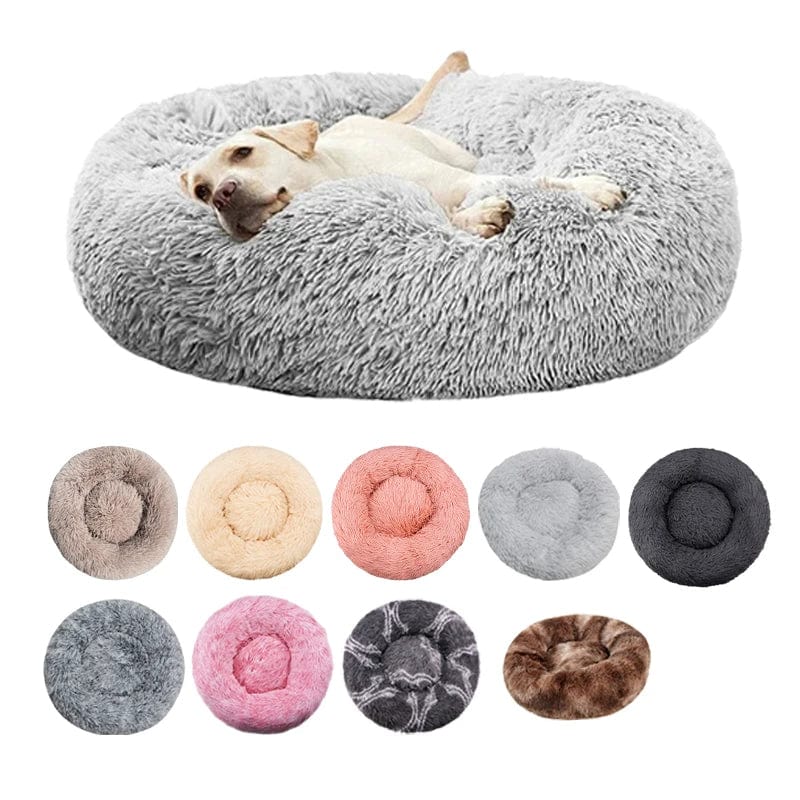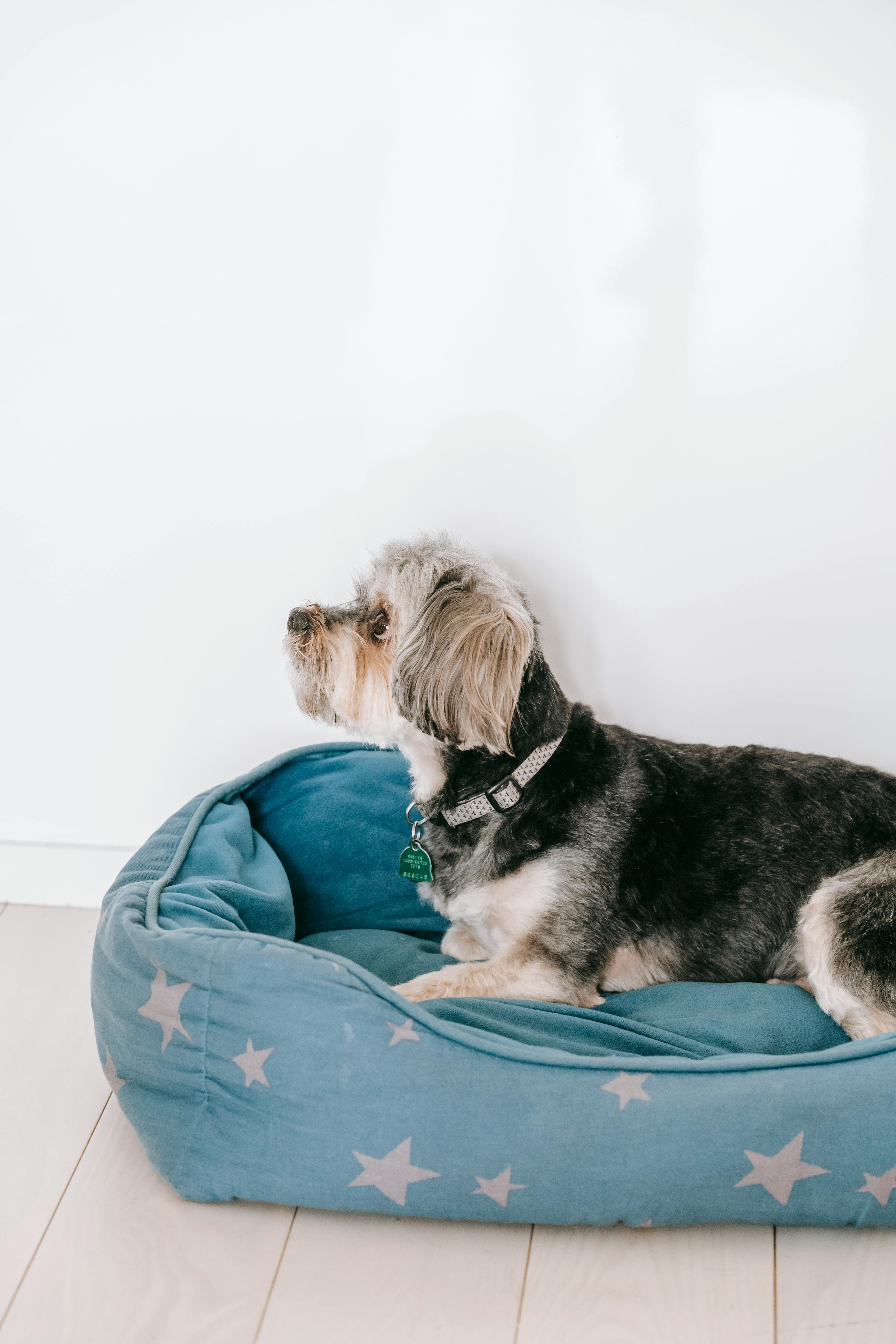Frequently Asked Questions
1. Why is play important for dogs?
2. What types of play benefit dogs?
3. How does weather impact a dog's playtime?
4. How can I create a safe play environment for my dog?
5. What should I consider when choosing dog rainwear?
For every dog owner, understanding the importance of play in their furry friend’s life goes beyond keeping them entertained. Play is a crucial component that contributes to the overall well-being of dogs. This blog will explore the deep connection between play and well-being in dogs while also touching on practical aspects like ensuring your dog stays dry with appropriate dog rainwear during outdoor playtime.
Understanding Dog Behavior
Dogs are naturally playful creatures. Their instincts are honed through generations of evolution, where playing was a way for them to learn critical survival skills, develop social bonds, and communicate. This natural behavior is essential for their physical and mental health. Play allows dogs to express their energy, helps with coordination, and can build their confidence in various situations. However, not all play is created equal.
The Types of Play That Benefit Dogs
Different types of play serve different purposes in a dog’s life. Here are a few categories of play that are particularly beneficial:
- Physical Play: Engaging in activities like fetch or tug-of-war strengthens a dog’s muscles, maintains a healthy weight, and improves cardiovascular health.
- Social Play: Interacting with other dogs fosters social skills, teaches doggy manners, and helps combat loneliness.
- Exploratory Play: Dogs enjoy sniffing and exploring their environment, which stimulates their natural instincts and promotes mental sharpness.
- Interactive Play: Playing with humans helps strengthen the bond between dog and owner, promoting trust and affection.
The Psychological Benefits of Play
In addition to physical health, play is vital for a dog’s mental well-being. Here are some psychological benefits:
Stress Reduction
Playtime provides dogs an outlet to release pent-up energy, which can significantly reduce anxiety and stress levels. Just like humans partake in leisure activities to unwind, dogs need play to relieve tension, allowing them to feel more secure and balanced.
Encouraging Problem-Solving Skills
Interactive toys and games can challenge a dog’s intelligence and stimulate their problem-solving abilities. For instance, puzzles that require them to figure out how to access treats can keep their minds active, preventing boredom that often leads to destructive behavior.
The Role of Environmental Factors
The environment in which a dog plays can impact the play experience materially. Canine-friendly spaces with safety measures can enhance their enjoyment. Moreover, remember that weather can also affect a dog’s willingness to play outdoors. For instance, on rainy days, dog rainwear becomes essential for keeping them dry and comfortable, ensuring that they still enjoy their playtime without the risk of getting cold or wet.
Creating Safe Playspaces
When designing a play area for your dog, consider the following:
- Ensure that the play space is enclosed, away from busy roads or harmful plants.
- Provide a variety of toys that match their size and energy level.
- Include areas for rest where dogs can take breaks, especially after high-energy play.
How Weather Impacts Play
Weather can significantly influence your dog’s overall physical activity. While sunny days might encourage long walks and vigorous play, rainy days can pose challenges. This is where dog rainwear becomes useful. Not only does it keep your furry friend dry and warm, but it also encourages them to engage in outdoor play even during drizzly weather.
Finding the Right Dog Rainwear
When selecting rainwear for your dog, consider the following aspects:
- Size: Ensure it fits securely without being too tight or too loose.
- Material: Look for waterproof materials that ensure full coverage.
- Breathability: Choose rainwear that allows for airflow to prevent overheating during active play.
Encouraging Play for Different Breeds
Each dog breed has unique play needs based on energy levels, size, and temperament. Understanding these requirements is crucial for promoting well-being through play.
High-Energy Breeds
Breeds such as Border Collies, Australian Shepherds, and Labrador Retrievers thrive on vigorous exercises such as running and fetch. Designing play activities tailored specifically for these dogs can prevent behavioral issues due to excess energy.
Low-Energy Breeds
On the other hand, breeds like Bulldogs and Basset Hounds may prefer less intense activity. Gentle play sessions focusing on mental stimulation, such as puzzle toys, can be a great way to encourage engagement without overwhelming them.
The Link Between Obedience Training and Play
Playtime can also serve as an effective tool for reinforcing obedience training. Incorporating fun and interactive games into training can positively deepen your bond with your dog while teaching them commands. Here’s how to link the two:
- Mix commands with play: Incorporate commands, such as “sit,” “stay,” or “come” during play sessions, rewarding them for compliance.
- Use their favorite toys as rewards: Using their favorite toys to motivate them can encourage engagement during training.
- Make it fun: Keeping training sessions light-hearted through play fosters a positive learning environment.
Time to Play! Tips for Maximizing Your Dog's Play Experience
1. Be Present: Always supervise your dog during play sessions. This not only ensures safety but also strengthens your bond.
2. Change It Up: Dogs can become bored with the same routine. Rotate their toys and introduce new ones to keep things exciting.
3. Interact: Be involved in your dog’s playtime. Engage with them through fetch games, tug-of-war, or even teaching them new tricks.
4. Be Weather-Wise: During wet seasons, ensure your playtime continues by donning them with quality dog rainwear so they can still enjoy those outdoor adventures!
When Playtime Isn’t Enough
While play is vital, it may not be a cure-all for every behavioral issue. If you notice significant changes in your dog’s behavior, consider consulting a veterinary behaviorist or a professional trainer. They can help create a tailored plan that incorporates suitable play methods while addressing individual challenges.
Fostering a Lifelong Love for Play
Ultimately, the connection between play and well-being in dogs is undeniable. A properly engaged dog not only leads a healthier life but also enhances the quality of the relationship between the pet and their owner. Be sure to provide opportunities for play at any opportunity and equip your dog with the appropriate dog rainwear, ensuring a delightful romp rain or shine! The precious moments spent playing with your dogs enrich their lives and yours, breathing joy into the everyday routine. So, let’s get out there and play!



